Dynamic and Changing Arctic
It's been said that there's no place on this Earth of ours where we can observe atmospheric, oceanic, and ecological changes more dramatically than in the Arctic. There's a phrase for it: "the polar amplification effect". Exponential increases in temperature have cascading effects on all living organisms within the Arctic ecosystem, and scientists have been determining just how far-reaching the global impacts of these effects are.
Eight countries have land in the Arctic Circle with coastal borders to defend and challenges to address. Resources once buried under ice and protected by impassable areas are now becoming more accessible. Why should this matter to us? Because the United States is an Arctic nation. Alaska has more miles of coastline than the rest of the country combined, including California, Florida, Gulf Coast, East Coast, and Hawaii altogether. That's A LOT. It also means all of that Alaskan shoreline is impacted directly by Arctic waters and influences of Arctic changes.
As I continue to learn more about the Arctic, I can no longer think about the region without thinking about how it lives and breathes in rhythms with our Earth's one connected ocean. Exponential increases in temperature and increasing access to resources ensure the region's extreme military and geo-political strategic importance. Oil, economics, science, humanity (4 million people live in the Arctic region), politics, shipping routes, and ownership of lands and resources are gaining attention.
The Arctic, that place I used to point to "up there" on the typical world map, the insulating blanket of the world, needs more time in not only our science curricula, but also our history and current events courses. There are so many entry points that can link to different lessons and themes.
Diverse viewpoints are concerned about influences of increased shipping, drilling, and economic demands on the wildlife, both above and below water. Despite its immensity and biodiversity, the Arctic ecosystem is fragile in many respects. A single oil spill could be devastating; even a quarter-sized drop of oil on a bird can cause fatal disruptions to the oil on a seabird's feathers. Progress always comes at a price. How much are we willing to pay? And why are we waiting to teach more about this area?
One Diverse Day in Pictures
These photos were all taken within a few miles of each other just outside the village of Savoonga, St. Lawrence Island. You can readily see how diverse the land is, thanks to climate, historical, and volcanic imprints.
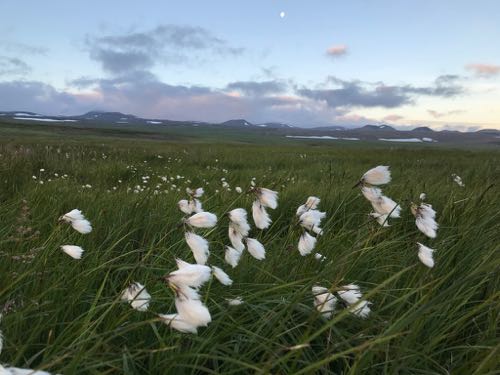
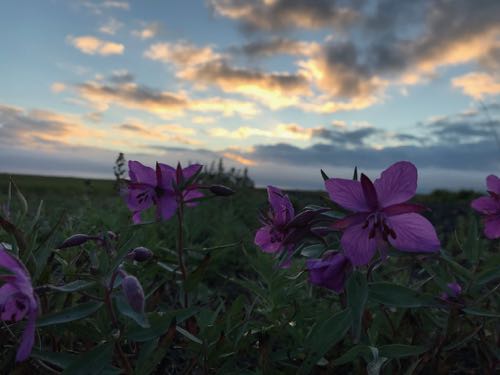
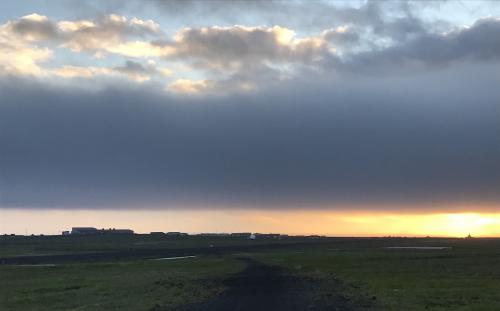
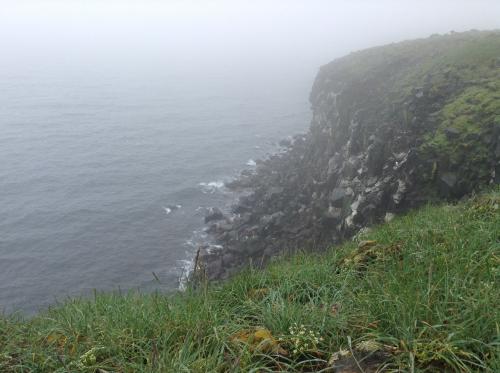
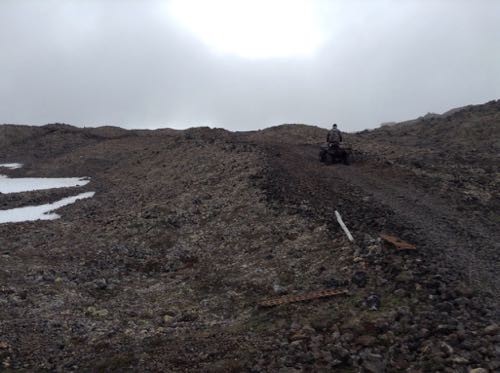
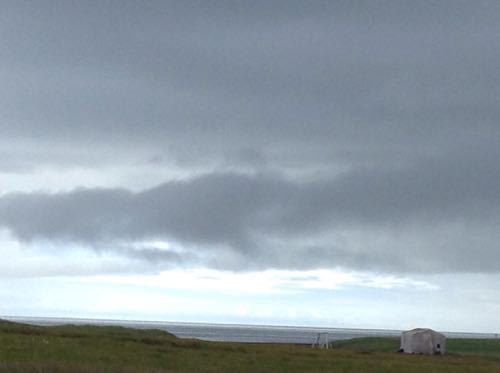
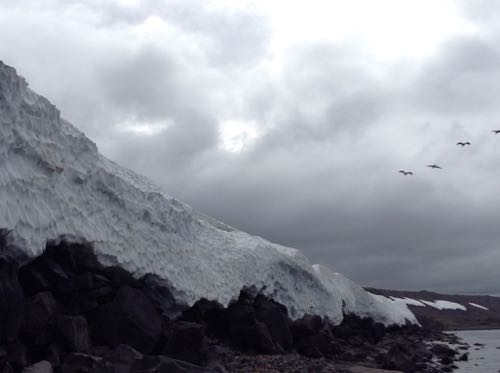
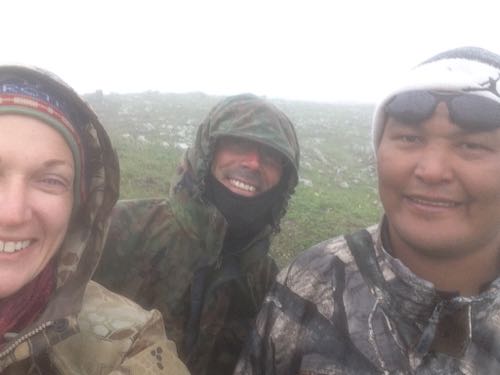
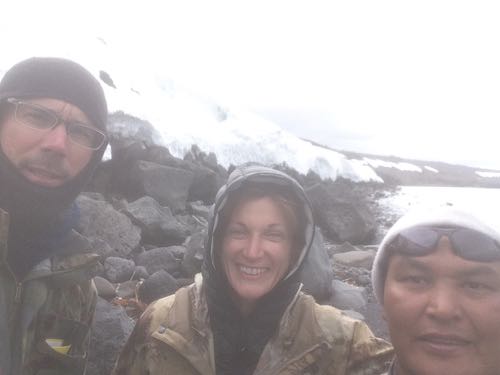
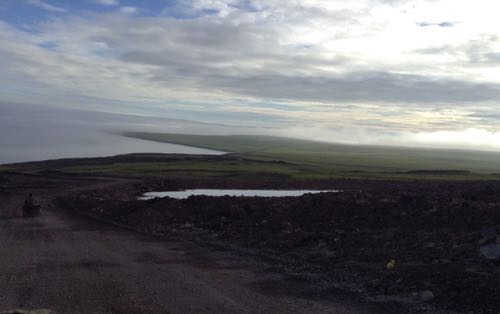
Today's Tweet
Rocks, ice, snow, mountains, beaches, lakes, long grasses, flowers. The Arctic landscape is dramatic yet unpretentious. It will surprise you at every turn. #constantlychanging


Comments